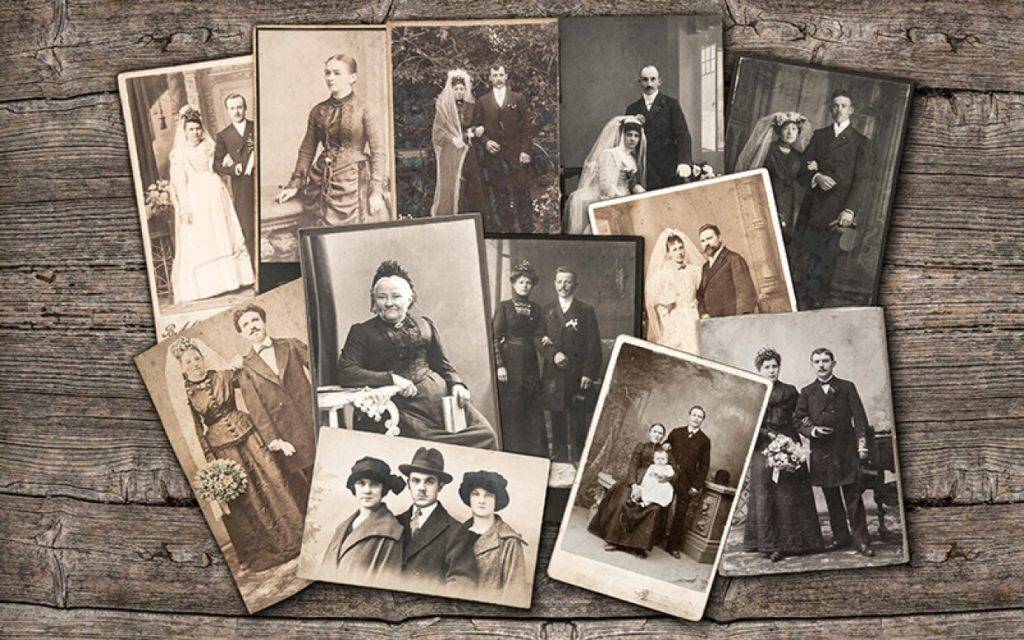When exploring our ancestral roots, a fascinating phenomenon emerges: the concept that we have twice as many female ancestors as male ancestors. This intriguing observation stems from the understanding of population genetics and the complexities of human reproductive patterns. In this article, we will delve deeper into the reasons behind this phenomenon and explore the factors that contribute to this intriguing numerical imbalance.


How Come We Have Twice as Many Female Ancestors as Male Ancestors?
To understand why we have twice as many female ancestors, we must first examine the basic principles of human reproduction and genetics. Every individual has one biological mother and one biological father. Thus, in each generation, we can trace our ancestry back through both the maternal and paternal lines. However, as we move further back in time, the number of male and female ancestors begins to diverge.
The discrepancy arises from differences in reproductive patterns between men and women. Historically, men have had the potential to father children with multiple partners simultaneously, while women could only have offspring from one partner at a time. This fundamental distinction in reproductive behavior contributes to the larger number of female ancestors.
To illustrate this concept, let’s consider a hypothetical scenario where we trace our lineage back several generations. At each step, we encounter two parents (one male and one female), four grandparents (two males and two females), eight great-grandparents (four males and four females), and so on. As we delve further into the past, the number of female ancestors begins to outnumber the number of male ancestors.
This numerical imbalance occurs because successful male lineages have a higher probability of proliferating and contributing to the overall gene pool. When a man has multiple partners and fathers children with each of them, his genetic legacy becomes more widespread. On the other hand, women can only contribute to the gene pool by producing offspring from a single partner at any given time. As a result, successful male lineages from the past have a broader representation in the ancestral tree, leading to a higher number of female ancestors.
It is important to note that this concept is derived from population genetics and the overall statistical patterns of human ancestry. It does not imply any inherent superiority or inferiority between genders. Rather, it reflects the historical reproductive dynamics and the transmission of genetic material through generations.
Furthermore, it is essential to recognize that this observation refers to biological ancestors and not the societal or cultural roles of men and women. While women have more genetic representation in our family trees, it does not diminish the importance and contributions of male ancestors throughout history. Both male and female ancestors play crucial roles in shaping our genetic heritage and cultural inheritance.
It is worth emphasizing that individual circumstances can deviate from this statistical pattern due to various factors such as migration, population bottlenecks, or other historical events. In some cases, specific lineages may have a more balanced representation of male and female ancestors due to unique circumstances within a particular family’s history.
The concept of having twice as many female ancestors has significant implications for genetic studies and the field of population genetics. By understanding these patterns, researchers can gain insights into the evolution and dynamics of human populations throughout history. It helps uncover the genetic contributions of various lineages and provides valuable information for studying human genetic diversity.
In conclusion, the observation that we have twice as many female ancestors as male ancestors arises from the differences in reproductive patterns between men and women. While men historically had the potential to father children with multiple partners, women could only have offspring from one partner at a time. Consequently, successful male lineages are more widespread in the ancestral tree, leading to a higher number of female ancestors. It is important to recognize that this observation does not imply any inherent superiority or inferiority between genders but rather reflects the statistical patterns of human ancestry. By delving into our ancestral roots, we gain a deeper understanding of our genetic heritage and the intricate complexities of human reproduction.
Can You Buy Chinchillas In Australia?
Why Does My Poop Smell Like Cat Pee?
Why Do Cats Clean Themselves In Front Of You?
How Much Caffeine Does It Take To Kill An Elephant?
What Does Dreaming Of Copper Head Snakes Mean?
This story originally appeared on Mostexpensivething

